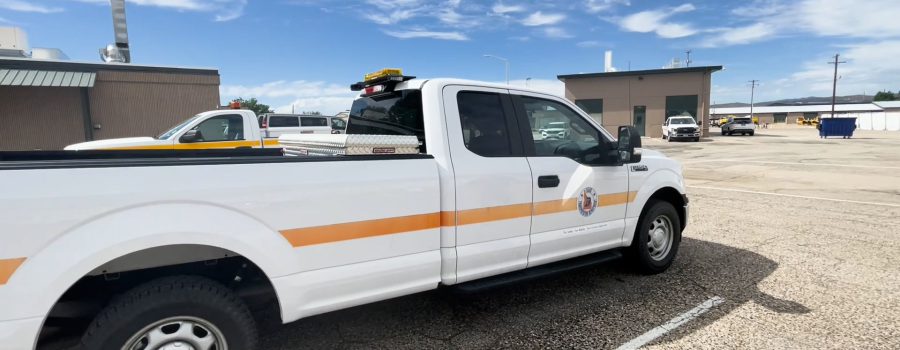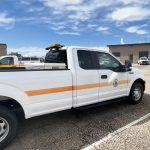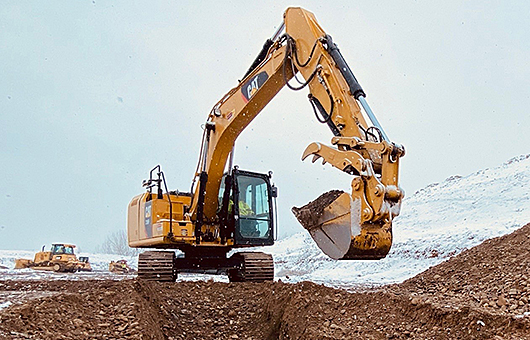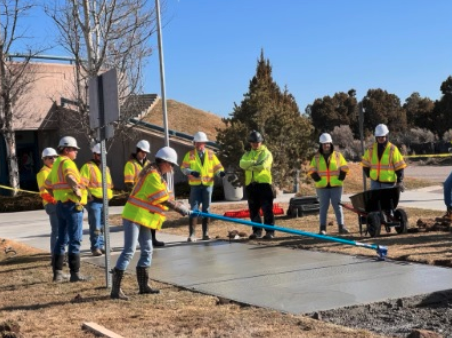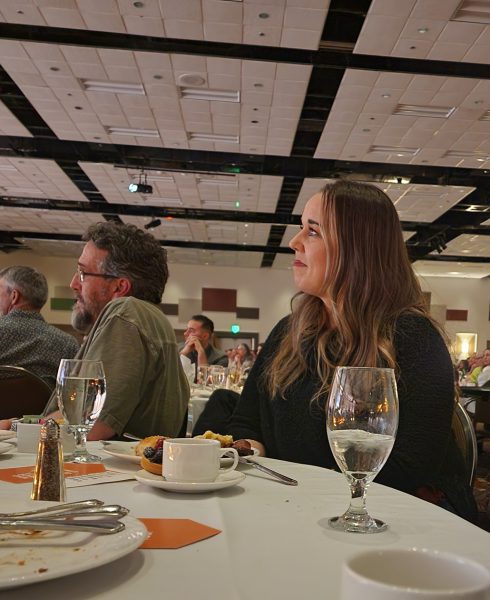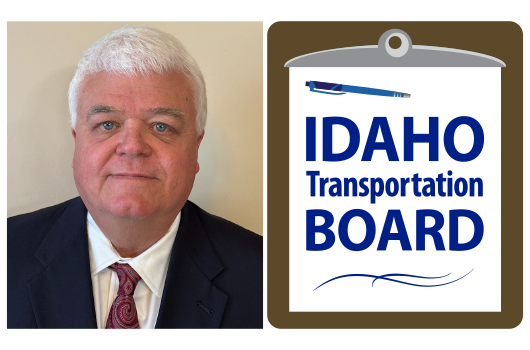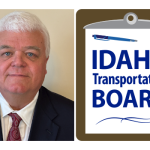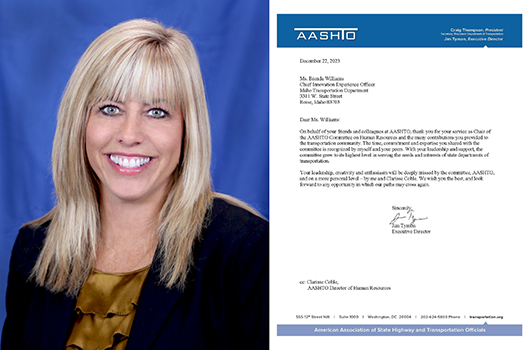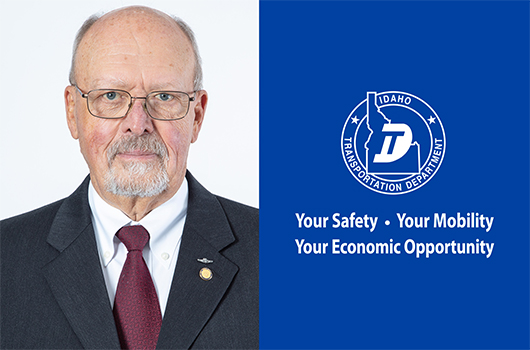CJ Kendrick named DMV Deputy Administrator
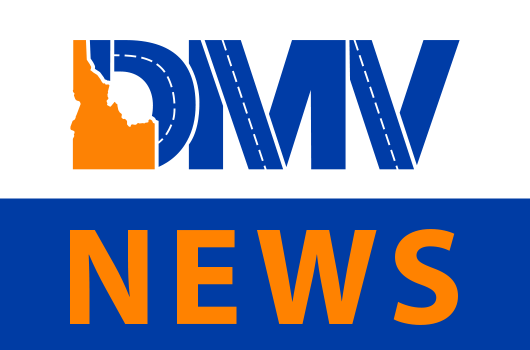

The Idaho Division of Motor Vehicles is excited to announce that CJ Kendrick has been promoted to the position of Idaho Transportation Department Division of Motor Vehicles Deputy Administrator. Kendrick has been an invaluable member of the ITD DMV team for over eleven years, filling several critical roles within the DMV. Most recently, he served as the Vehicle Services Manager for the past two years.
Kendrick has been a champion of innovation, particularly with the “Skip the Trip” initiative for DMV customers. His dedication to serving Idahoans and providing convenient alternatives is unwavering.
“Serving Idahoans and providing Skip the Trip alternatives is my main focus. Citizens of Idaho deserve the ability to be able to choose how they interact with the department and a DMV that looks for ways to say ‘Yes’. I am humbled to be selected for this opportunity and look forward to the new challenges facing the DMV as we expand the ways we interact with our customers,” said Kendrick.
In addition to his extensive experience with the DMV, Kendrick is an Army veteran who served in Afghanistan as a flight medic. His eleven years with DMV have involved many diverse roles, from ports of entry, dealer operations, motor vehicle investigation, title unit supervision, and vehicle services management. This breadth and depth of experience have thoroughly prepared him for this new leadership position as the DMV Deputy Administrator.
“Please join me in congratulating CJ Kendrick on his well-deserved promotion,” said DMV Administrator Lisa McClellan.


